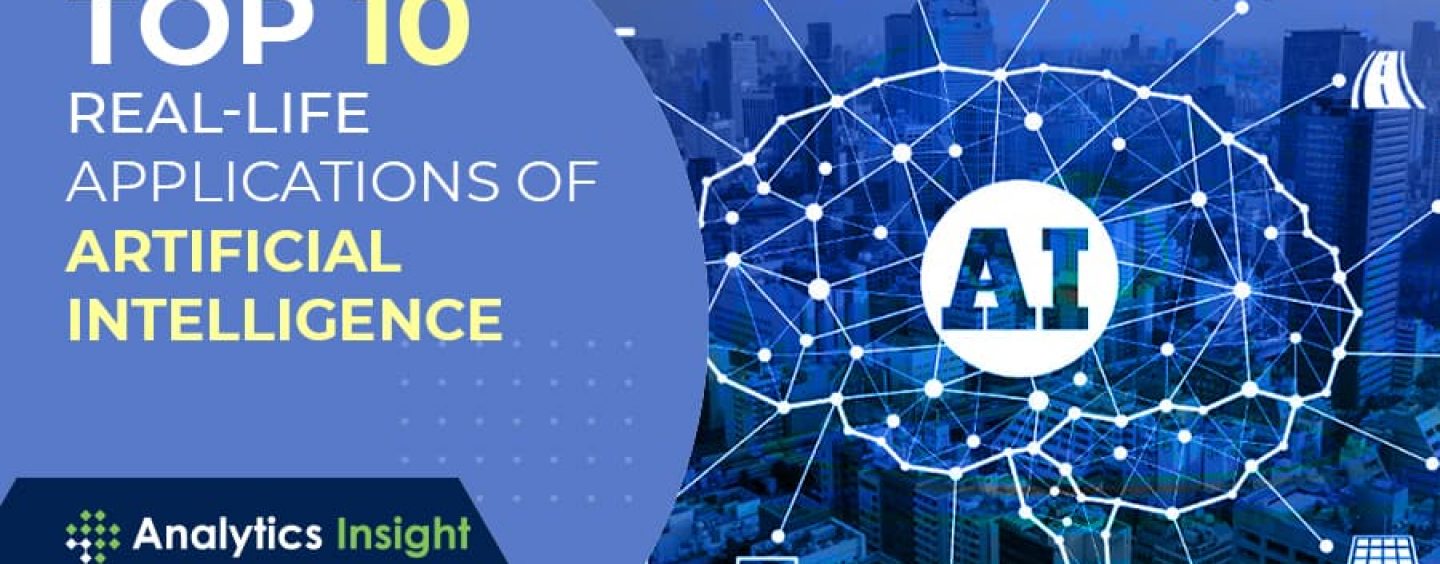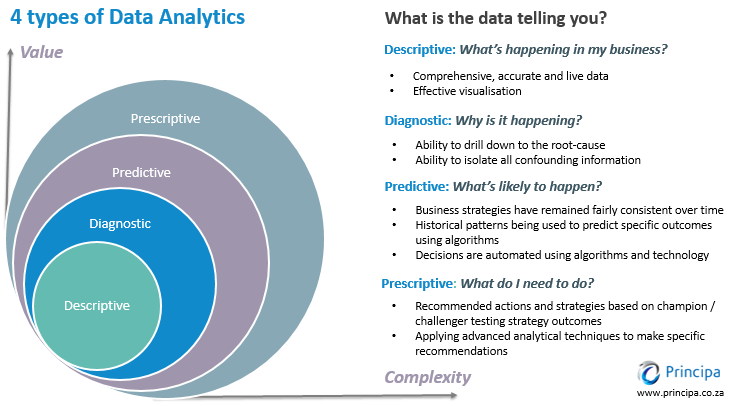
One of the most frequently asked questions by Unity developers is "What is the AI Toolkit?" It is a library which implements path-finding algorithm. You can create your own AI script. Here are some tips for you. Be familiar with the terminology and different AI tools before you begin using AI in Unity. This will allow you to use AI to create the best simulations and games possible.
Animator class
The Animator component assigns animations to gameobjects. It needs a reference to the Animator Controller. This controls the transition between animation clips and defines how many they are. This component controls the character’s position and rotation as well the animation’s timescale. The Animator component updates in sync with an Update call, so its speed matches the gameobject's timescale.
The Animator class is the most powerful tool in the Unity editor. It is a state-machine that allows NPCs to move between different locations. This class can be used for many purposes and is a great choice for anyone who wants to learn game programming basics. This class allows you to create interactive objects as well as simulated environments. Unity's AI capabilities allow you to create virtual characters using Unity's Physics engine.

Navmesh class
NavMeshs are objects in Unity that enable NPCs to navigate the game world realistically. They must follow a NavMesh-defined path to move in front and behind the player. This class records information about the location and route taken by an agent to avoid obstacles. If a dynamic obstacle has been detected, the NavMesh will not attempt to avoid it but will instead try to find another route.
A navigational system should include information about where the actor is located and what it can or cannot do. A blue square will be placed on the top of a large corner block to indicate that it is a floor. The reason is that the player cannot walk on floor-surfaces and the navigation system must recognize it as such.
OnCollisionEnter script
Unity has an OnCollisionEnter script that can detect when an object collides and a player object. This script should be added to either the enemy Gameobject or player Gameobject. Unity will execute the collision code if the object collides with the player. This code checks if the object has the Player tag, if so, it will enable the Guard script. Then, it will disable the Looker collider to keep the player from getting stuck.
OnCollisionEnter differs from OnTriggerEnter. It is used when a game objects collides with another object. For the function to work, it requires a Collision class. This class includes the collision information such as the contact points, impact velocity, and other details. An OnCollisionEnter function will be triggered if there is a rigidbody attached at one of the colliders. Otherwise, the disabled MonoBehaviour will be notified.

Machine Learning Agents toolkit
Unity Technologies is the developers of Unity AI, the most advanced game engines ever. Unity Technologies created the Machine Learning Agents toolskit for Unity AI. This toolkit has been used by numerous AAA games as the base for their AI/machine learning systems. The ML-Agents Toolkit consists of three components. The Python API contains the RL algorithms. It allows the creation of testing and training environments. This external communicator enables Unity developers to deploy ML Agents model on any platform.
Unity's open source ML Agents toolkit lets developers and game designers train and teach intelligent agents within a simulation or gaming setting. This toolkit also includes the Python API, and a Python trainer that can be used to build and train agents. These tools let developers and game AI developers train their agents using neuro evaluation, imitation learning, and deep reinforcement learning methods. They are also highly customizable and can be trained in any game environment.
FAQ
Who is leading today's AI market
Artificial Intelligence (AI), a subfield of computer science, focuses on the creation of intelligent machines that can perform tasks normally required by human intelligence. This includes speech recognition, translation, visual perceptual perception, reasoning, planning and learning.
There are many types today of artificial Intelligence technologies. They include neural networks, expert, machine learning, evolutionary computing. Fuzzy logic, fuzzy logic. Rule-based and case-based reasoning. Knowledge representation. Ontology engineering.
There has been much debate over whether AI can understand human thoughts. But, deep learning and other recent developments have made it possible to create programs capable of performing certain tasks.
Today, Google's DeepMind unit is one of the world's largest developers of AI software. It was founded in 2010 by Demis Hassabis, previously the head of neuroscience at University College London. DeepMind was the first to create AlphaGo, which is a Go program that allows you to play against top professional players.
Where did AI come?
Artificial intelligence began in 1950 when Alan Turing suggested a test for intelligent machines. He said that if a machine could fool a person into thinking they were talking to another human, it would be considered intelligent.
John McCarthy took the idea up and wrote an essay entitled "Can Machines think?" McCarthy wrote an essay entitled "Can machines think?" in 1956. It was published in 1956.
Are there risks associated with AI use?
Of course. They will always be. Some experts believe that AI poses significant threats to society as a whole. Others argue that AI is necessary and beneficial to improve the quality life.
AI's greatest threat is its potential for misuse. If AI becomes too powerful, it could lead to dangerous outcomes. This includes autonomous weapons and robot rulers.
AI could also take over jobs. Many fear that AI will replace humans. Others think artificial intelligence could let workers concentrate on other aspects.
For instance, economists have predicted that automation could increase productivity as well as reduce unemployment.
How does AI affect the workplace?
It will revolutionize the way we work. We will be able automate repetitive jobs, allowing employees to focus on higher-value tasks.
It will enhance customer service and allow businesses to offer better products or services.
It will allow us future trends to be predicted and offer opportunities.
It will enable companies to gain a competitive disadvantage over their competitors.
Companies that fail AI implementation will lose their competitive edge.
What is AI good for?
There are two main uses for AI:
* Prediction – AI systems can make predictions about future events. AI systems can also be used by self-driving vehicles to detect traffic lights and make sure they stop at red ones.
* Decision making – AI systems can make decisions on our behalf. So, for example, your phone can identify faces and suggest friends calls.
How does AI work?
An algorithm is a set or instructions that tells the computer how to solve a particular problem. An algorithm can be expressed as a series of steps. Each step has an execution date. Each instruction is executed sequentially by the computer until all conditions have been met. This process repeats until the final result is achieved.
Let's take, for example, the square root of 5. It is possible to write down every number between 1-10, calculate the square root for each and then take the average. However, this isn't practical. You can write the following formula instead:
sqrt(x) x^0.5
This is how to square the input, then divide it by 2 and multiply by 0.5.
This is the same way a computer works. It takes your input, multiplies it with 0.5, divides it again, subtracts 1 then outputs the result.
Statistics
- The company's AI team trained an image recognition model to 85 percent accuracy using billions of public Instagram photos tagged with hashtags. (builtin.com)
- Additionally, keeping in mind the current crisis, the AI is designed in a manner where it reduces the carbon footprint by 20-40%. (analyticsinsight.net)
- By using BrainBox AI, commercial buildings can reduce total energy costs by 25% and improves occupant comfort by 60%. (analyticsinsight.net)
- While all of it is still what seems like a far way off, the future of this technology presents a Catch-22, able to solve the world's problems and likely to power all the A.I. systems on earth, but also incredibly dangerous in the wrong hands. (forbes.com)
- In the first half of 2017, the company discovered and banned 300,000 terrorist-linked accounts, 95 percent of which were found by non-human, artificially intelligent machines. (builtin.com)
External Links
How To
How to Set Up Siri To Talk When Charging
Siri can do many things. But she cannot talk back to you. Because your iPhone doesn't have a microphone, this is why. Bluetooth is an alternative method that Siri can use to communicate with you.
Here's a way to make Siri speak during charging.
-
Under "When Using assistive touch" select "Speak When Locked".
-
To activate Siri, double press the home key twice.
-
Ask Siri to Speak.
-
Say, "Hey Siri."
-
Simply say "OK."
-
Say, "Tell me something interesting."
-
Speak "I'm bored", "Play some music,"" Call my friend," "Remind us about," "Take a photo," "Set a timer,"," Check out," etc.
-
Say "Done."
-
If you'd like to thank her, please say "Thanks."
-
If you have an iPhone X/XS (or iPhone X/XS), remove the battery cover.
-
Replace the battery.
-
Connect the iPhone to your computer.
-
Connect the iPhone to iTunes.
-
Sync the iPhone.
-
Allow "Use toggle" to turn the switch on.